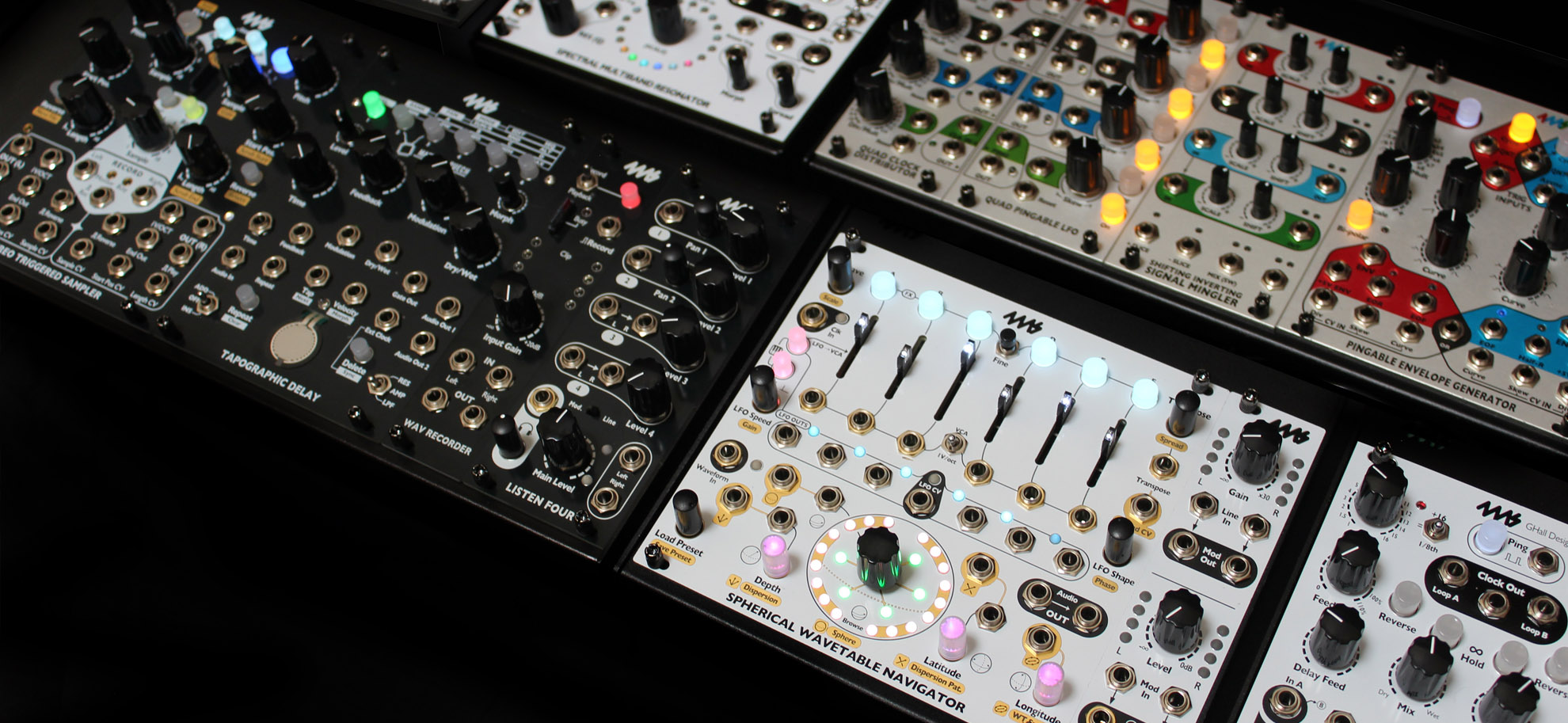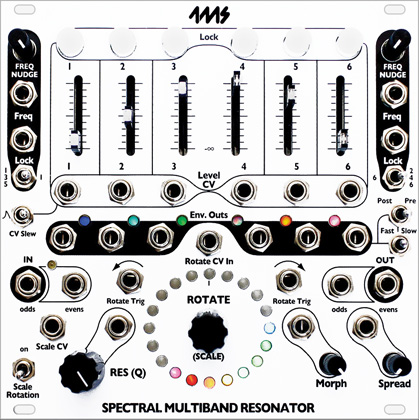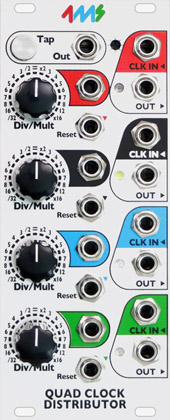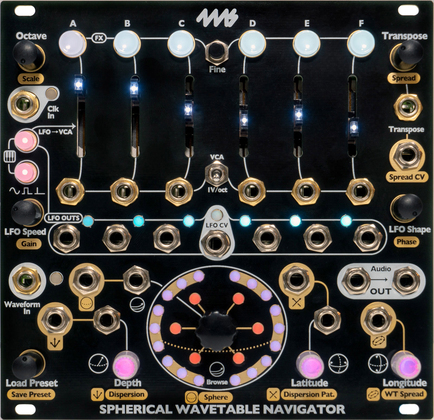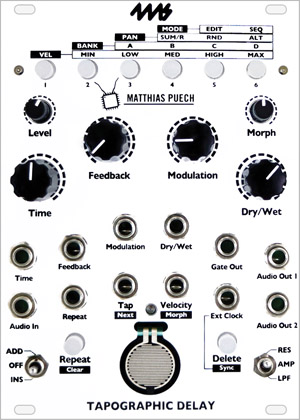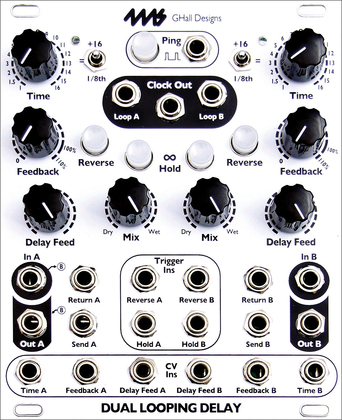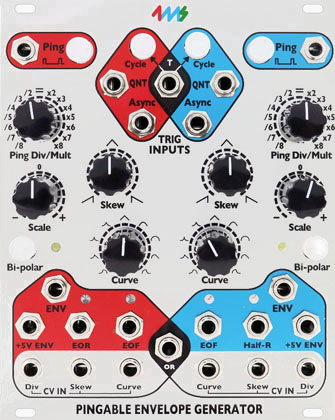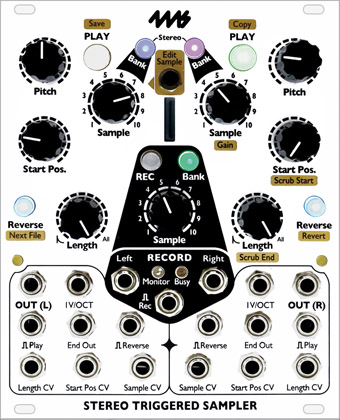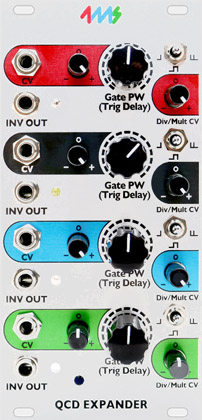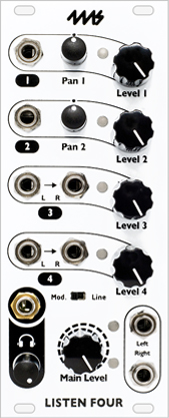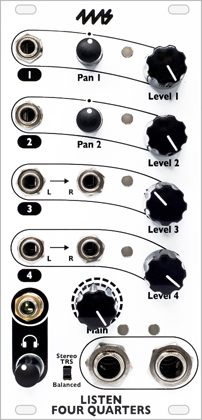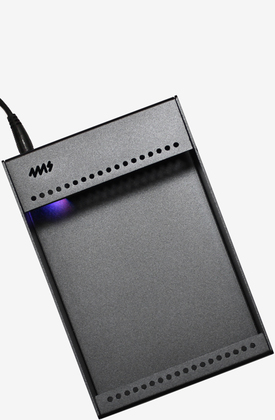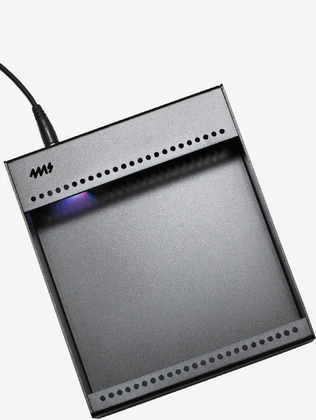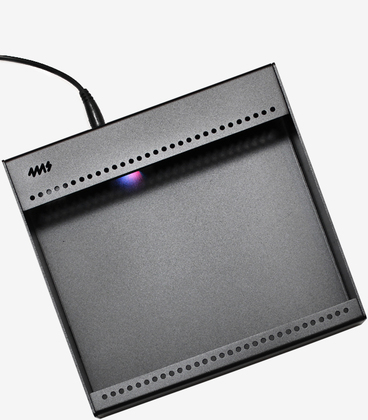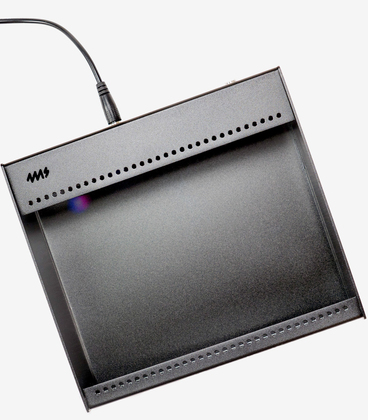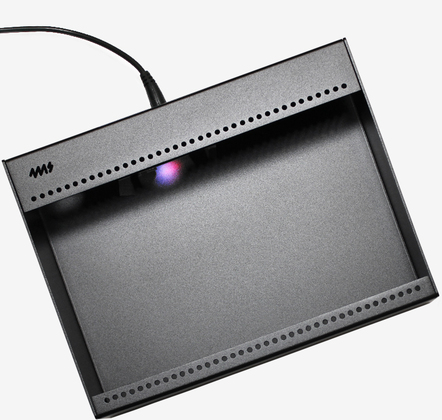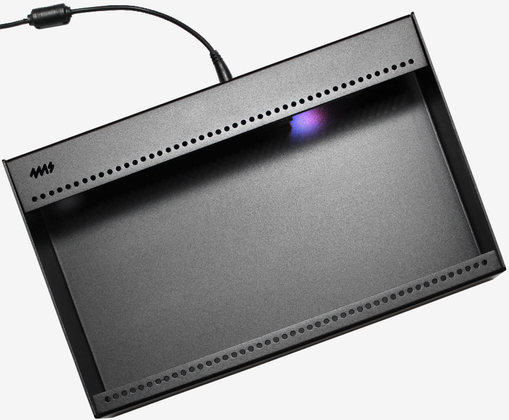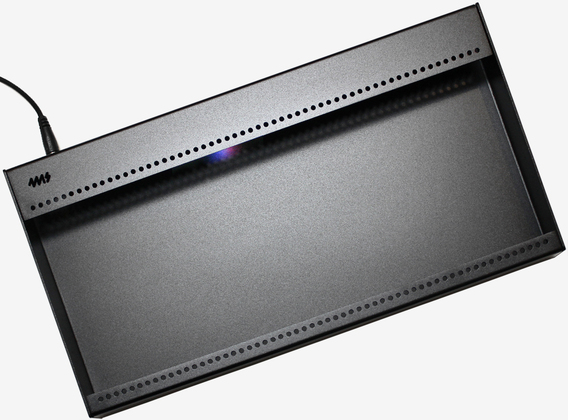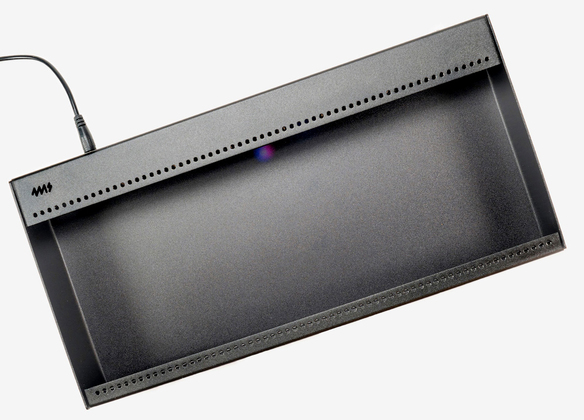Eurorack Systems
What is Eurorack?
Eurorack is a specific type of modular synthesis that follows a universal set of rules from power output to control voltage (CV). The width and height of all Eurorack modules conform to the same dimensions, making it easy to mix and match across different Eurorack brands. While the height of each module is always 128.5mm/5.06" the width may vary using dimensions called HP or "horzontal pitch" (1HP = 5.08mm/0.2"). The input and output jacks on all modules are connected using standard mono 1/8" (3.5mm) cables.
There are many types of modules available for Eurorack, and you can mix-and-match modules from different manufacturers. We make a complete line of Eurorack modules from sound sources, timing and modulation sources, to balanced line and headphone output mixers.
With the ability to "patch" modules in to each other the variations of sound combinations are endless.
Eurorack is a specific type of modular synthesis that follows a universal set of rules from power output to control voltage (CV). The width and height of all Eurorack modules conform to the same dimensions, making it easy to mix and match across different Eurorack brands. While the height of each module is always 128.5mm/5.06" the width may vary using dimensions called HP or "horzontal pitch" (1HP = 5.08mm/0.2"). The input and output jacks on all modules are connected using standard mono 1/8" (3.5mm) cables.
There are many types of modules available for Eurorack, and you can mix-and-match modules from different manufacturers. We make a complete line of Eurorack modules from sound sources, timing and modulation sources, to balanced line and headphone output mixers.
With the ability to "patch" modules in to each other the variations of sound combinations are endless.

Why is Eurorack awesome?
Eurorack is the most cutting-edge musical instrument format today. The most innovative and ground-breaking devices are released in Eurorack. Many musicians find it easier to be creative when using physical hardware instead of a computer screen. Eurorack modules range from analog circuits to modern DSP effects, so playing this format gives you the best of all possible worlds.
Each time you patch a Eurorack synth, you are creating a custom instrument.
Eurorack is the most cutting-edge musical instrument format today. The most innovative and ground-breaking devices are released in Eurorack. Many musicians find it easier to be creative when using physical hardware instead of a computer screen. Eurorack modules range from analog circuits to modern DSP effects, so playing this format gives you the best of all possible worlds.
Each time you patch a Eurorack synth, you are creating a custom instrument.
How do I get started?
Below we have some recomendations for different combinations, or you can pick anything that catches your eye from our modules page!
Below we have some recomendations for different combinations, or you can pick anything that catches your eye from our modules page!
Step 1 : Pick out modules
Depending on the type of sounds you are hoping to make we offer many different modules, each serving a different function. Here are some fine pairings that will help you get there.
Depending on the type of sounds you are hoping to make we offer many different modules, each serving a different function. Here are some fine pairings that will help you get there.
Step 2 : Listen Outputs
You need a way to hear the cool sounds you're going to make! Whether you're using headphones or speakers, you'll need an output module.
Most audio gear runs at what's known as "line level", but Eurorack modules work with "modular level" signals. This gives Eurorack tons of headroom, but it also means you need convert to line level whenver you connect to external gear such as amps, speakers, computers, or other synths. Also, if you plan to run audio into your Eurorack system, you'll want to convert from line level up to modular level.
Don't worry if this is confusing! We make an inexpensive all-in-one module that handles this, called the Listen IO, which lets you take audio in and out from Eurorack.
You need a way to hear the cool sounds you're going to make! Whether you're using headphones or speakers, you'll need an output module.
Most audio gear runs at what's known as "line level", but Eurorack modules work with "modular level" signals. This gives Eurorack tons of headroom, but it also means you need convert to line level whenver you connect to external gear such as amps, speakers, computers, or other synths. Also, if you plan to run audio into your Eurorack system, you'll want to convert from line level up to modular level.
Don't worry if this is confusing! We make an inexpensive all-in-one module that handles this, called the Listen IO, which lets you take audio in and out from Eurorack.
Listen I/O:
- Converts a stereo modular-level signal into line or headphone out.
- Also converts line-level to modular level!
Listen Four:
- Four channel stereo mixer with headphone out and stereo line out (3.5mm / 1/8")
Listen 4 Quarters:
- Same as the Listen Four, but with balanced output jacks (6.35mm / 1/4")
- Also converts line-level to modular level!
Step 3 : Box it up
You need a case to mount the modules in. We make mini cases called Pods which are a great way to start (and the power supply is built-in, so you don't have to worry about that).
We make them in a variety of sizes, and you can connect multiple Pods together.
(Click here to see how to figure out what size Pod(s) to get)
(Click here to see how to figure out what size Pod(s) to get)
Pod20:
- 20HP of space for modules
Pod26:
- 26HP of space for modules
Pod32:
- 32HP of space for modules
Pod34X:
- 34HP of space for modules
- (X)tra deep for larger modules
Pod40X:
- 40HP of space for modules
- (X)tra deep for larger modules
Pod48X:
- 48HP of space for modules
- (X)tra deep for larger modules
Pod60:
- 60HP of space for modules
Pod64X:
- 64HP of space for modules
- (X)tra deep for larger modules

